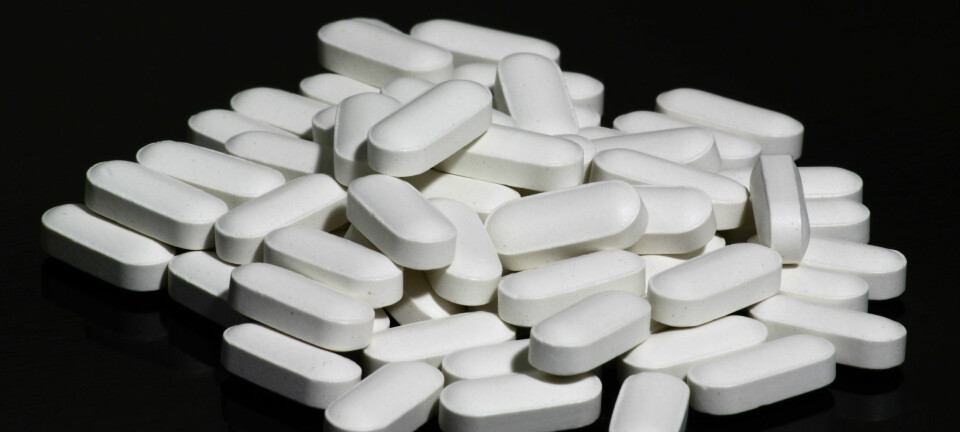
Genetic defect may give us more vitamin D
A special genetic mutation is known to cause eczema and asthma. But people with this mutation also have more vitamin D in their blood.
It may be difficult to realise that a genetic defect giving infantile eczema, asthma and allergies also has a positive function.
But that seems to be the case, according to Jacob Thyssen, a PhD and doctor of medicine, who has just conducted an in-depth study of this special genetic mutation.
“This genetic mutation gives bone-dry skin and increases your risk of getting eczema, asthma and hay fever,” he says.
“But our research also shows that there may well be good news. People with this mutation have more vitamin D in their blood, which may strengthen their ability to survive other diseases.”
Thyssen, a senior researcher at the National Allergy Research Centre at Gentofte University Hospital, Copenhagen, is the lead author of the study, published in the Journal of Allergy and Clinical Immunology.
Ten percent have the mutation
This particular genetic mutation, which affects one in ten Europeans, means that the body either produces less of a certain protein, filaggrin, or lacks it entirely.
Filaggrin is located in the outermost layer of our skin and its functions include protecting our body from the effects of the sun’s rays.
“A lack of filaggrin in our skin should mean that we get more sunlight through the skin,” says Thyssen.
“We know that 95 percent of the vitamin D in our blood is created by sunlight. We reasoned therefore that people who lack filaggrin would probably create more vitamin D – simply because they have less of filaggrin’s protection against the effects of sunlight.”
Data from nearly 10,000 people
To discover whether their reasoning was valid, the researchers examined data from no fewer than five cohorts – groups of people with common characteristics made up of almost 10,000 children and adults from Denmark and Germany.
“It turned out that the people with filaggrin mutations had about 10 percent more vitamin D in their blood,” he says.
“This finding supports our original theory that this filaggrin genetic mutation means we produce more vitamin D.”
Vitamin D can protect us against diseases
A series of studies in recent years has shown that the same mutations in the filaggrin gene also lead to an increased risk of dry skin, infantile eczema, asthma and other allergy-related diseases.
But this is the first time that researchers have studied what the mutation means for the amount of vitamin D in the body.
“This is interesting, because a lack of vitamin D has been linked to many diseases – including infectious diseases, cancer and high blood pressure,” says Thyssen.
“We’re obviously guessing that this genetic mutation may protect people against diseases that are caused by a lack of vitamin D. But the price they pay for this protection is an increased risk of eczema and allergic diseases.”
Gene may be good for Northeners
He also speculates whether the mutation in the filaggrin gene has spread in the northern latitudes precisely because increased production of vitamin D may have been an evolutionary advantage.
“In Scandinavia, where there is less sunlight, this mutation could well have been a genetic advantage, because people with the mutation have produced more vitamin D,” says the researcher.
“In this way they may have survived rickets, infections and other diseases better. That’s why we’re conjecturing that the mutation can have been concentrated through generations among Scandinavians who live in the higher northern latitudes.”
The new study is a collaboration between two German research groups, the Research Centre for Prevention and Health (Glostrup Hospital, Denmark), the Danish National Allergy Research Centre and COPSAC (Copenhagen Studies on Asthma in Childhood) at Gentofte Hospital.
------------------------------------
Read the Danish version of this article at videnskab.dk
Translated by: Michael de Laine











